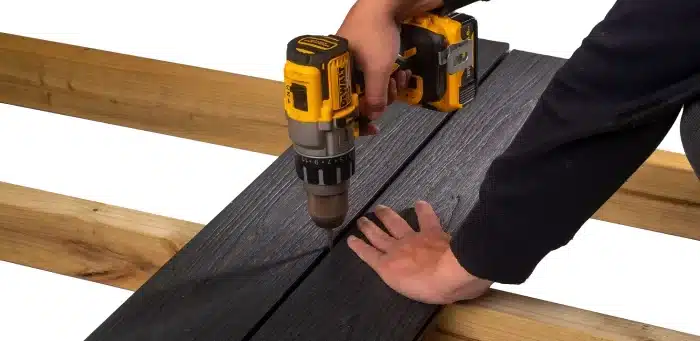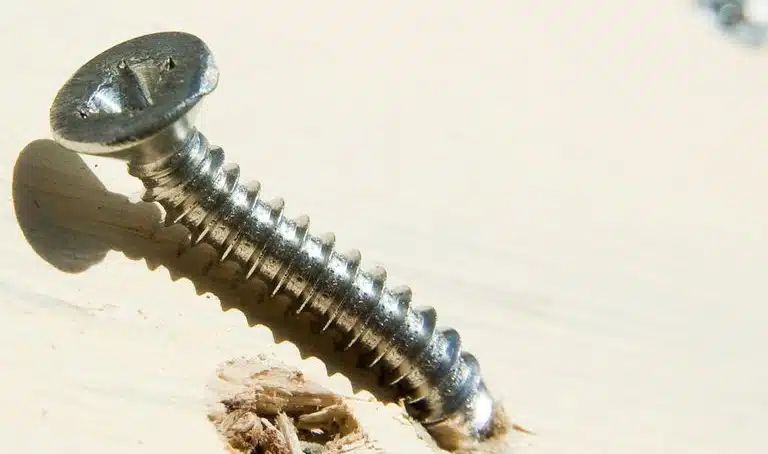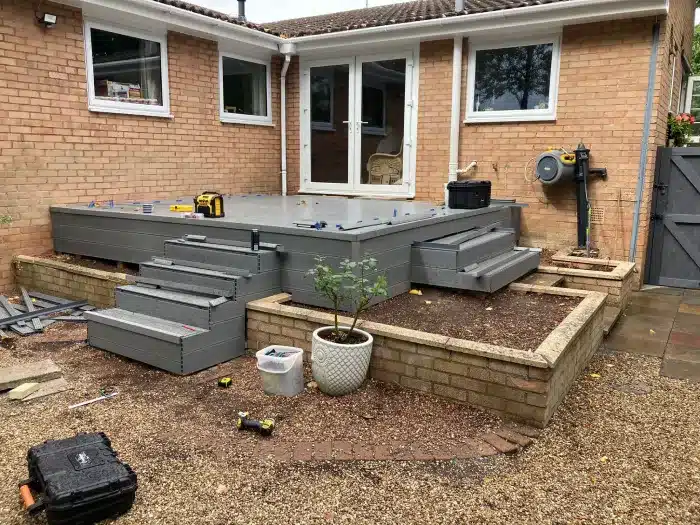How to Remove Decking With Stripped Screws
Which is Better, Screw or Nail Decking?
Nails and screws are two different fasteners. Each has its advantages and disadvantages. There are times when screws are better than nails and vice versa. If you are undecided about which one to choose, you may need to weigh the pros and cons of screws and nails. It’s also crucial to know when to use screws and when to use nails.
When and Why to Use Nails?
People have been using nails for several decades when building a deck and continue to use them today. There are several advantages of using nails for decking. The best advantage of nails is their sheer strength. Simply put, screws tend to be more brittle than nails. Using the wrong screw can also harm the wood over time, however this does depend on what type of screw your using e.g. hot-dipped galvanised/stainless steel screw are recommend for treated wood and this is less likely to occur. Another advantage of using nails is that they are generally cheaper than screws.
While flexible and cheap, nails also have some drawbacks. One of the most notable disadvantages of using nails is its fastening strength or grip strength. Compared to screws, they don’t hold the decking boards as tight. Removing decking nails on boards can also be trickier unless you want to pry it. Nails do tend to lift over time too, so please bare this in mind.
When should you use decking nails? You can use deck nails for decking boards. However, the best use of them is for the frame. In most cases, building code standards will require you to use nails instead of screws.
When and Why to Use Screws?
Screws are another popular option for installing decking. Before electric drills, people rarely used them for building decks. But today, many people slightly prefer it over nails for many reasons. As mentioned, the best advantage is its grip strength. In terms of keeping the decking boards down, screws are superior to nails. Nails also tend to pop up. But due to the screws’ threaded design, it will rarely happen.
While screws work better as a fastener, they still have some disadvantages. While having superior grip strength, screws do lack tensile strength. When drilling into a hard surface screws can snap. Screws are also more expensive than nails.
When should you use screws? The best use of screws is to install decking boards. Since they have superior fastening strength, using screws will prevent your boards from getting loose. You can also countersink many decking screws. It means it won’t have any exposed heads, unlike nails, making a cleaner and smoother surface.
One thing to remember is that most screws are not suitable for building decking frames. If you want to use screws, there are structural screws you can use, which are thicker and stronger than regular ones. However, it’s still best to check in with your local building requirements for instructions.
Other Fastening Methods
Besides driving nails and screwing on the deck’s surfaces, other fastening methods exist. For instance, some wooden decking boards have grooves, however these type of boards are more common in composite and PVC and are seen as an benefit when choosing composites over wood. This is due to the ease and speed of installation, another benefit of using a fastening system is safety and visibility, as no screw are on display or visual when using this method.
When installing these kinds of decking boards, you can’t hammer nails or drive screws through their surfaces. Instead, they make use of hidden fasteners made up of clips inserted into the grooves. Using the appropriate types of screws, you’ll need to secure these clips into the joists to hold grooved decking boards firmly in place.
There are several types of hidden fasteners. In many cases, PVC or composite decking brands will have their line-up of hidden fastening systems compatible with their products. If you want to learn more, contact the board’s manufacturers or suppliers.
Which One Should You Use?
Both screws and nails are excellent fasteners for decking. Which one is better depends on how you intend to use them. Screws are better for installing decking boards due to their excellent grip. They also produce a cleaner look for decks. When it comes to flexibility and durability, however, nails are better. Nails are a must in building the deck’s structural parts. They are more flexible and don’t break as much as screws.
Before you make any decision, it’s also a good idea to consult with the decking suppliers. You may find instructions on recommendations on whether to use screws or nails. Some may need hidden fastener systems instead. But overall, using both nails and screws is the way to go.
How to Lay Decking on Uneven Ground





